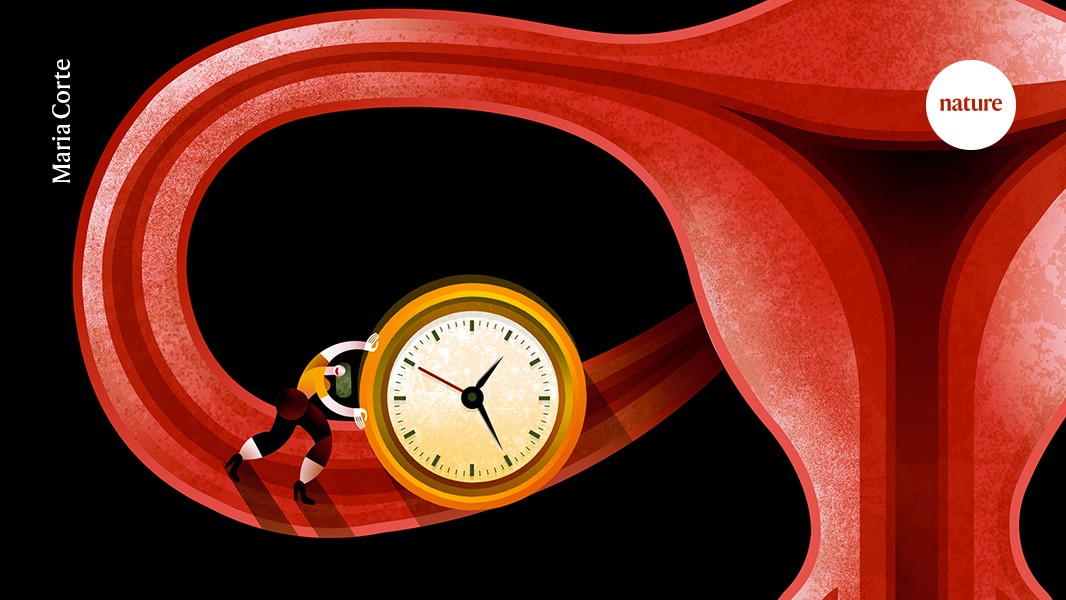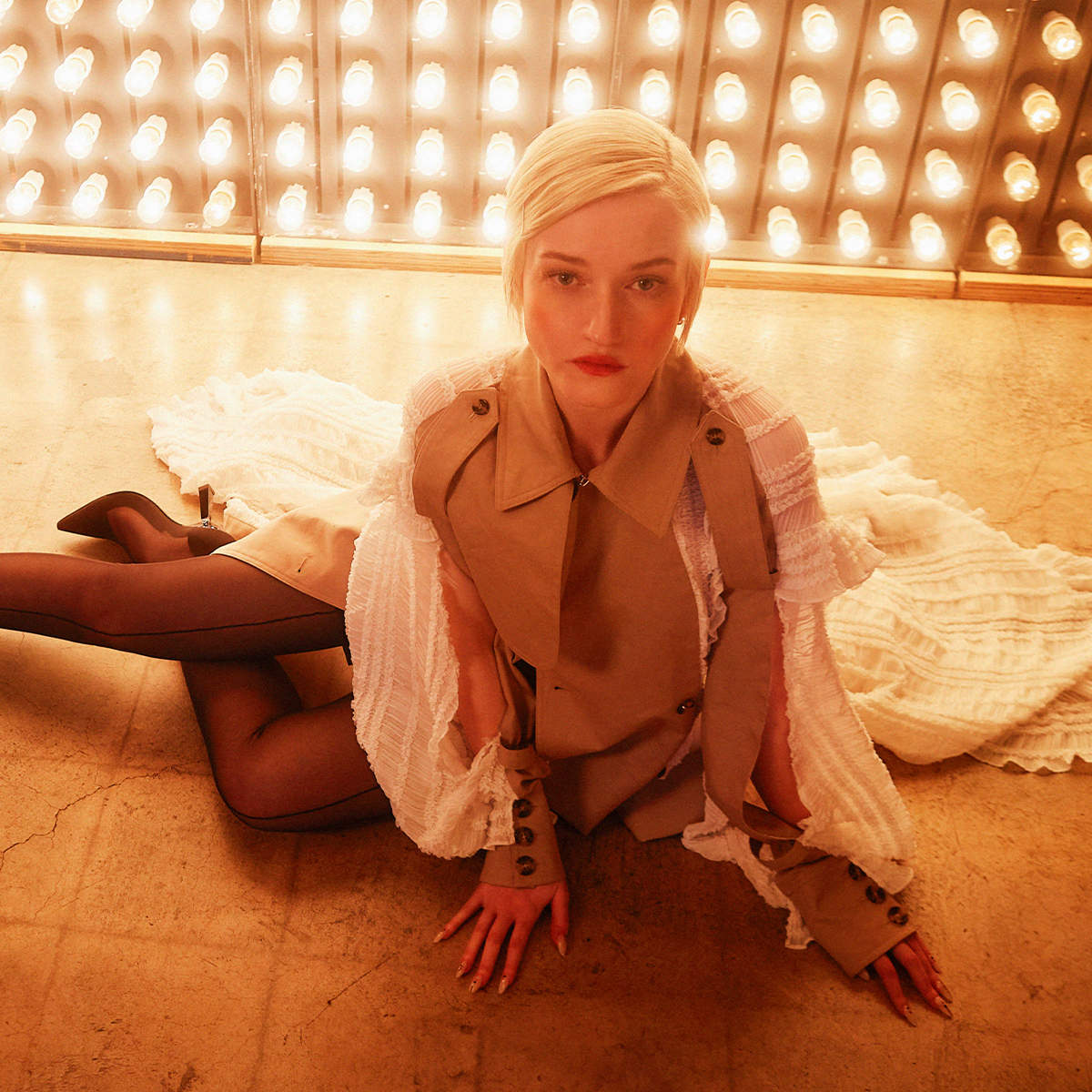Eisenstein in Sacramento
A writer reflects on Sergei Eisenstein's little-known research trip to California, where he took in the sights of Sutter's Fort. The post Eisenstein in Sacramento appeared first on Little White Lies.

A year before the Ukrainian war escalated, I had the good fortune of visiting Odessa and its grand steps, made famous by their appearance in Sergei Eisenstein’s Battleship Potemkin. I marveled at Eisenstein’s eye and ability to engineer the shots with his cameraman, Eduard Tisse, and assistant Grigori Aleksandrov. It was a typical pilgrimage for Theory or Film students seeking inspiration – especially for me being a bit obsessed with the auteur.
But there was really no need to travel so far for such inspiration. All that’s required of me as an Eisenstein admirer is to drive 10 minutes from my home in Sacramento, California. In the middle of my suburban errands, in the center of Midtown, is another landmark that inspired Eisenstein: Sutter’s Fort.
Growing up in or near California’s capital, a field trip to Sutter’s Fort is as typical as learning to ride a bike, and John Sutter’s discovery of gold is a staple in California education. I vaguely remember the long bus ride that took my class there from the Bay Area, then I volunteered for my son’s field trip when he was in sixth grade, and will probably do so again for my other two children. But despite its grand name, the fort neighbors a hospital and office buildings. Tree lined streets lead to cafes and a laundromat. How did Eisenstein come to visit what I identify as such an ordinary space?
In short, Stalin sent him.
In 1929, Eisenstein, Tisse, and Aleksandrov were assigned to travel – first to Europe and then to America – to study sound technology in film. Battleship Potemkin was world famous, and everyone wanted to meet the genius who directed it. Even if the average person didn’t understand his film theories, Eisenstein was somebody everybody was talking about. When the Soviet trio reached Hollywood in 1930, Paramount contracted Eisenstein for three thousand dollars a week. Now he just needed an idea.
Paramount and Eisenstein agreed to develop an adaptation of Blaise Cendrars’ novel “L’Or” about John Sutter and the Gold Rush. For research, Eisenstein and Aleksandrov traveled from Los Angeles to San Francisco and then to Sacramento to see Sutter’s Fort and Hock Farms, where John Sutter first settled among the Native Americans.
I do not know what Sacramento looked like at the time of Eisenstein’s visit in 1930; it was probably not too interesting. The fort today, even with its historical significance, is fairly unimpressive. When viewing Eisenstein’s storyboarding for the fort, I see he added minor flourishes to what would otherwise be a straight wall with little depth. Eisenstein’s set, to be built on Lasky Ranch, added what appears to be a lookout and two side buildings. I wonder if he was unimpressed by our hot, flat valley, and perhaps this is the reason why, in notes for different scenes, he added details not seen in our area such as sequoia and redwood trees. His visit to Hock’s Farm may have been further disappointing.

Facing a creative block, I drove to Hock’s Farm, an hour north of Sacramento. In a depressive rut, I sought inspiration – instead I found a stretch of road lined with fenced properties containing large residential lots, reminiscent of the farming community Sutter founded in 1841. The occasional orchard was interrupted by the sight of above-ground pools and broken-down farm equipment. Perhaps this was nature’s destruction Eisenstein highlighted in his treatment for “L’Or”.
Arriving at Hock’s Farm, I came to the end of the road that split into a T. The road was quiet, but the occasional truck and car passed at a precarious speed. I crossed nervously, coming to a structure painted bright red. It was too small for a barn, but most storage sheds do not host a historical plaque. Bullet holes (a distinctly American touch) vandalized the signage. Between the traffic and the possibility of being shot, I wondered, am I going to die for this minor curiosity? I briefly studied the sign announcing John Sutter’s contribution: “The advent of white settlement in the Sacramento area.”
Reflecting on the photograph of Eisenstein at the site – found in his memoir – he appears unimpressed. I don’t blame him. Like me, he struggled creatively during his brief time in California and hoped to find answers in Sutter’s story, traveling hours to find himself at a lackluster location.
Eisenstein wanted to make an American picture. Inspired by everything, from Joshua Trees to peach orchards near Fresno, he struggled to focus, jumping from one idea to another. He became overwhelmed and depressed. Like many geniuses, he was misunderstood and disappointed by Americans’ focus on materialism – in “With Eisenstein in Hollywood,” Ivor Montagu describes Eisenstein meeting Harold Lloyd: “To us he [Lloyd] was quiet and courteous but talked of nothing but real estate.”
Eisenstein also faced anti-Semitism and discrimination as the first Red Scare began. Members of Congress, fearful of a communist takeover, held trials questioning citizens’ loyalty, while fear-mongering around Eisenstein pressured Paramount to cancel their contract. William Faulkner took over the treatment and the Sutter project lagged until its production by James Cruze six years later. The film flopped.
Eisenstein returned to the USSR, where he continued to face hardship under Stalin’s purge and then the devastating Second World War. But his most outstanding work experimenting with sound, and even color, was yet to come. Even though he languished in Hollywood, the Western influence upon him remained, such as the costumes in Ivan the Terrible, inspired by Disney’s Snow White.
Circling Sutter’s Fort for another errand, I appreciated Eisenstein’s brief presence – a reminder that life as an artist is privileged, but has its challenges. The creative process is an unrewarding time of limbo. Progress appears incalculable. History and politics are pests. We benefit from living on the outskirts of the social construct, but often are the butt of its hardships. As a creator and mother, my ambitions and responsibilities often compete – affordable childcare isn’t easily available and most likely won’t be available in the near future, and artistic opportunities under capitalism remain elusive. Self-expression too is under threat as America’s incoming conservative administration begins, two days before Eisenstein’s 126th birthday. Yet considering Eisenstein while traveling on such ordinary ground, here in Sacramento during our unusual times, inspires focus and perseverance.
The post Eisenstein in Sacramento appeared first on Little White Lies.
What's Your Reaction?




















![[FREE EBOOKS] Hacking and Securityy, The Kubernetes Book & Four More Best Selling Titles](https://www.javacodegeeks.com/wp-content/uploads/2012/12/jcg-logo.jpg)





















![AI in elementary and middle schools [NAESP]](https://dangerouslyirrelevant.org/wp-content/uploads/2025/01/NAESP-Logo-Square-1.jpg)








































